CHICAGO - Though housing values are still slow to rebound from the collapse of the real estate market, a new analysis from CEOs for Cities reveals that homes in more walkable neighborhoods are worth more than similar homes in less-walkable neighborhoods, pointing to a bright spot in the residential real estate market.
The report, “Walking the Walk: How Walkability Raises Housing Values in U.S. Cities” by Joseph Cortright, analyzed data from 94,000 real estate transactions in 15 major markets provided by ZipRealty and found that in 13 of the 15 markets, higher levels of walkability, as measured by Walk Score, were directly linked to higher home values.
“Even in a turbulent economy, we know that walkability adds value to residential property just as additional square footage, bedrooms, bathrooms and other amenities do,” said Cortright. “It’s clear that consumers assign a tangible value to the convenience factor of living in more walkable places with access to a variety of destinations.”
Walkability is defined by the Walk Score algorithm (www.walkscore.com), which works by calculating the closest amenities – restaurants, coffee shops, schools, parks, stores, libraries, etc. – to any U.S. address. The algorithm then assigns a “Walk Score” from 0-100, with 100 being the most walkable and 0 being totally car-dependent. Walk Scores of 70+ indicate neighborhoods where it’s possible to get by without a car.
By the Walk Score measure, walkability is a direct function of how many destinations are located within a short distance (generally between one-quarter mile and one mile of a home). The study found that in the typical metropolitan area, a one-point increase in Walk Score was associated with an increase in value ranging from $700 to $3,000 depending on the market. The gains were larger in denser, urban areas like Chicago and San Francisco and smaller in less dense markets like Tucson and Fresno.
"These findings are significant for policy makers,” said Carol Coletta, President and CEO of CEOs for Cities, which commissioned the research. “They tell us that if urban leaders are intentional about developing and redeveloping their cities to make them more walkable, it will not only enhance the local tax base but will also contribute to individual wealth by increasing the value of what is, for most people, their biggest asset."
An example of the effect of walkability on housing values cited in the study is found in Charlotte, NC. In a neighborhood with a typical Walk Score of 54 called Ashley Park, the median home price was $280,000. In a neighborhood with an above average Walk Score – 71 – called Wilmore, an otherwise similar home would be valued at $314,000. Controlling for all other factors including size, number of bedrooms and bathrooms, age, neighborhood income levels, distance from the Central Business District and access to jobs, “if you were to pick up that house in Ashley Park, and place it in more walkable Wilmore, it would increase in value by $34,000 or 12 percent,” Cortright said.
In the typical metropolitan areas studied, the premium commanded for neighborhoods with above average Walk Scores compared to those with average Walk Scores ranged from about $4,000 to $34,000, depending on the metro area.
"Walking the Walk’ shows definitively what we’ve always believed – that homes in walkable neighborhoods continue to be a good investment, and are one of the simplest and most effective solutions to fight climate change, improve our health, and strengthen our communities,” said Walk Score founder Mike Mathieu. "Our vision is for every property listing to include a Walk Score: Beds: 3 Baths: 2 Walk Score: 84."
The study included 15 metropolitan areas, finding a statistically significant positive relationship between walkability and home values in 13 areas: Arlington, Virginia; Austin, Texas;; Charlotte, North Carolina; Chicago, Illinois; Dallas, Texas; Fresno, California; Jacksonville, Florida;; Phoenix, Arizona; Sacramento, California; San Francisco, California; Seattle, Washington; Stockton, California, and Tucson, Arizona. In one metro area, Las Vegas, walkability was correlated with lower housing values, and in Bakersfield, California, there was no statistically significant connection between walkability and housing values.
Subscribe to:
Post Comments (Atom)


























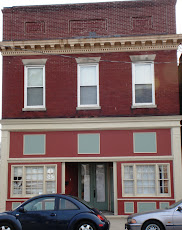

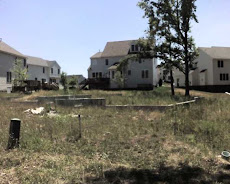

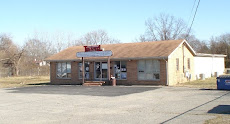



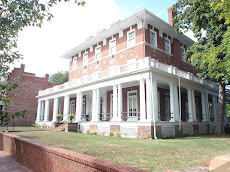

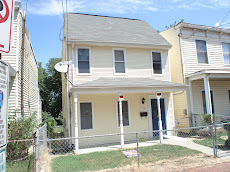










No comments:
Post a Comment